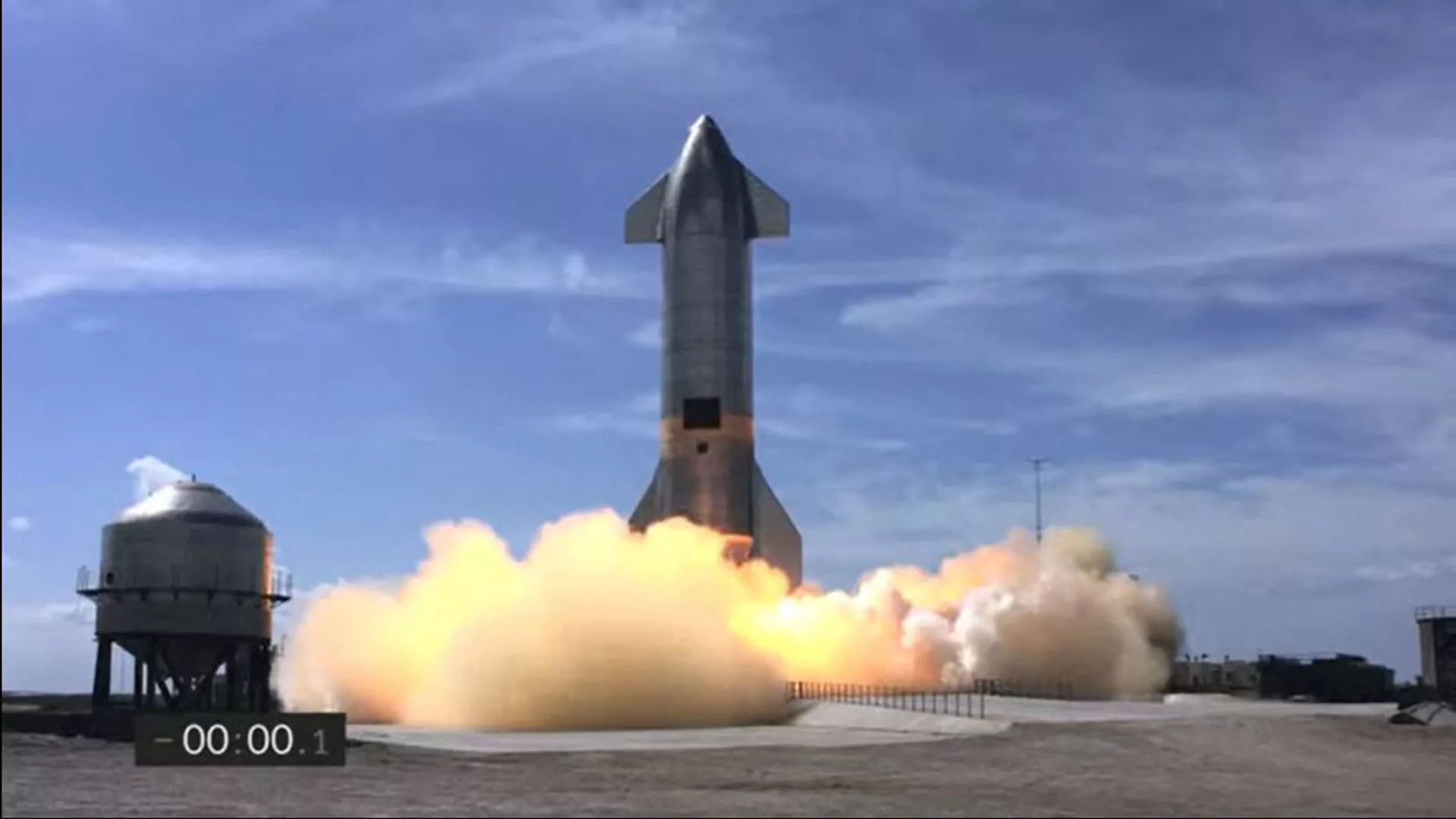Why SpaceX Postpones Starship Launch & What Comes Next
17.04.2023 20:25
 Why SpaceX Postpones Starship Launch & What Comes Next
Why SpaceX Postpones Starship Launch & What Comes Next
AFP 2023
The launch, however, was postponed just minutes before liftoff, due to what appeared to be a minor technical problem.
Why SpaceX Starship Launch Attempt Was Cancelled
SpaceX CEO Elon Musk himself spilled the beans about the cause of the cancellation, tweeting that the "pressurant valve" was frozen.
The tech mogul, who warned beforehand that the launch could be postponed, stated in a follow-up tweet that despite this setback, SpaceX is going to attempt another launch "in a few days."
So what exactly is this spacecraft, which has caught the attention of people and media all over the globe?
What is SpaceX's Starship?
The massive, 120-meter tall, 9-meter wide craft is supposed to serve as a fully reusable means of ferrying crew and large amounts of cargo into space.
SpaceX’s Starship is expected to be able to carry up to 150 metric tons of payload into orbit in the craft’s fully reusable configuration, and up to 250 metric tons of payload in the craft’s expendable configuration.
The craft itself is composed of two stages, with the first stage being the booster and the second stage being the spacecraft itself.
The booster, Super Heavy, is 69 meters tall and powered by some 33 Raptor engines using liquid methane and liquid oxygen as propellant.
If data provided by SpaceX is to be believed, Super Heavy is designed to be fully reusable, capable of reentering the atmosphere and landing at the launch site after delivering the Starship into orbit.
The Starship itself is fitted with three Raptor engines and three Raptor Vacuum engines – six engines in total – and is intended to be capable of moving people and cargo not only into Earth’s orbit, but to “the Moon, Mars and beyond,” SpaceX claims on its website.
Aside from ferrying payloads from Earth to space, the spacecraft is also expected to be able to conduct “point-to-point” flights anywhere on our planet, with the estimated time of these flights not exceeding one hour.
